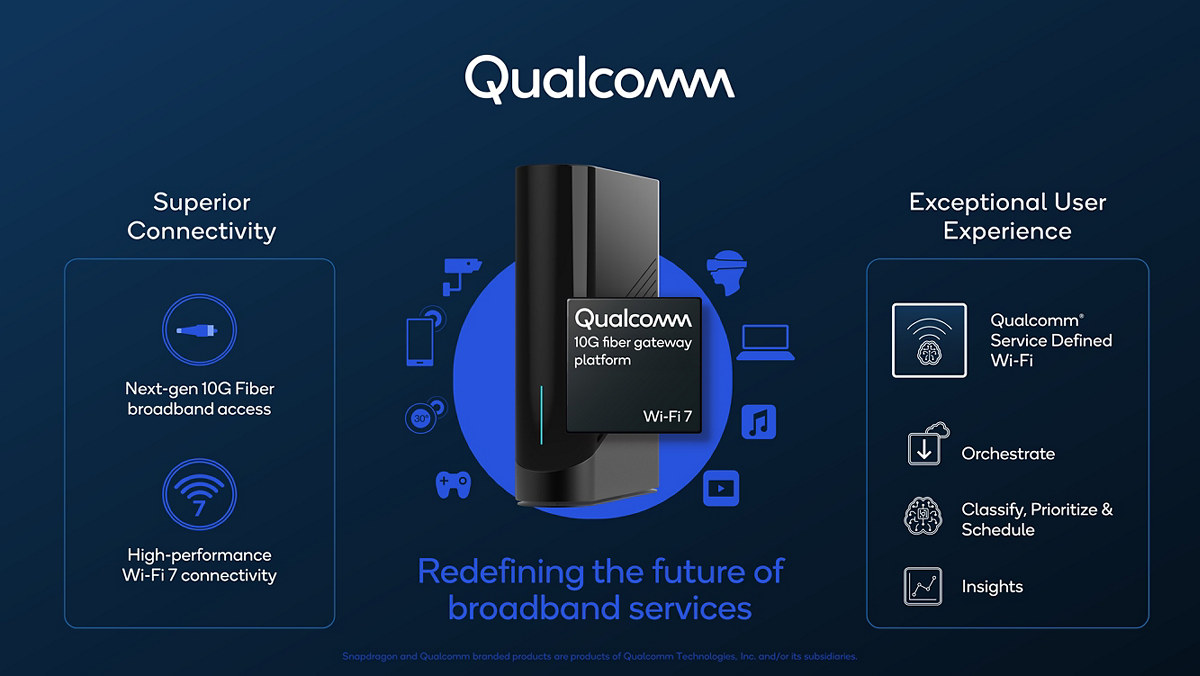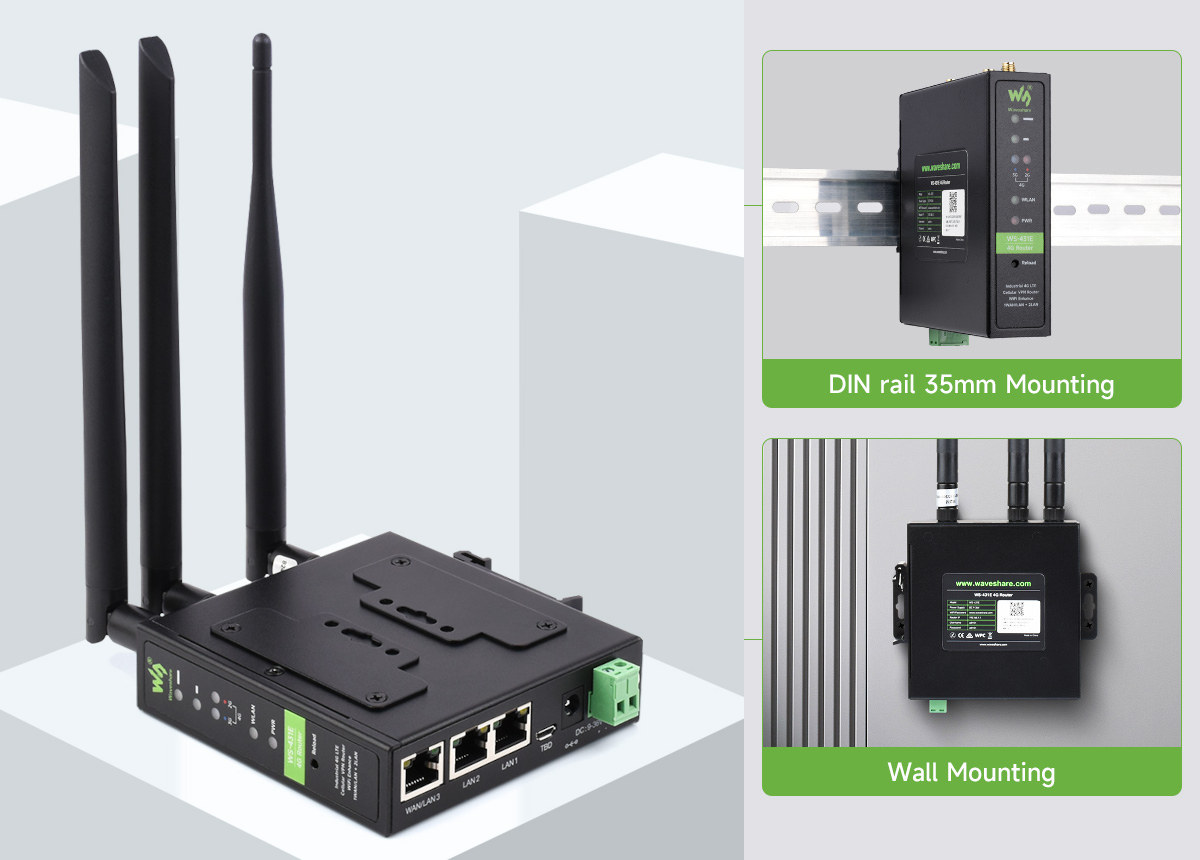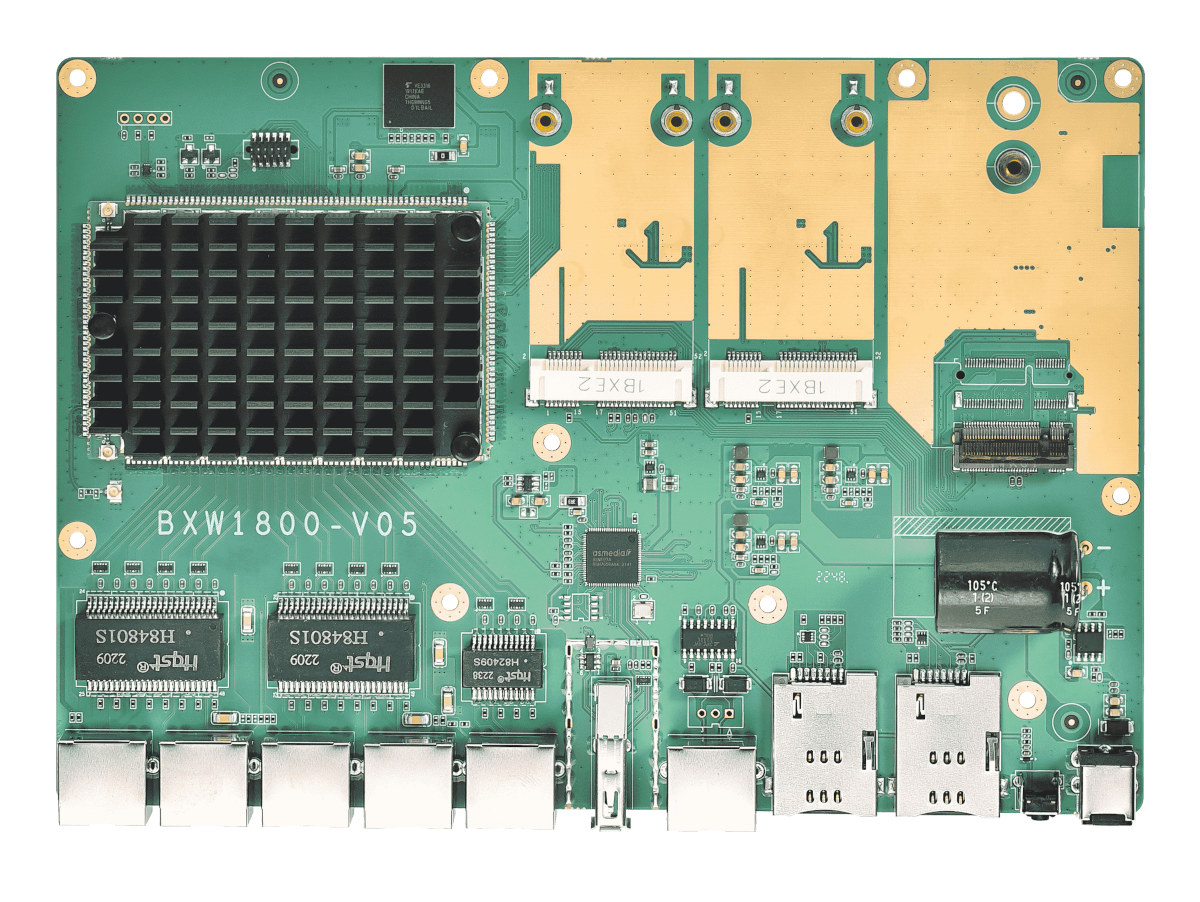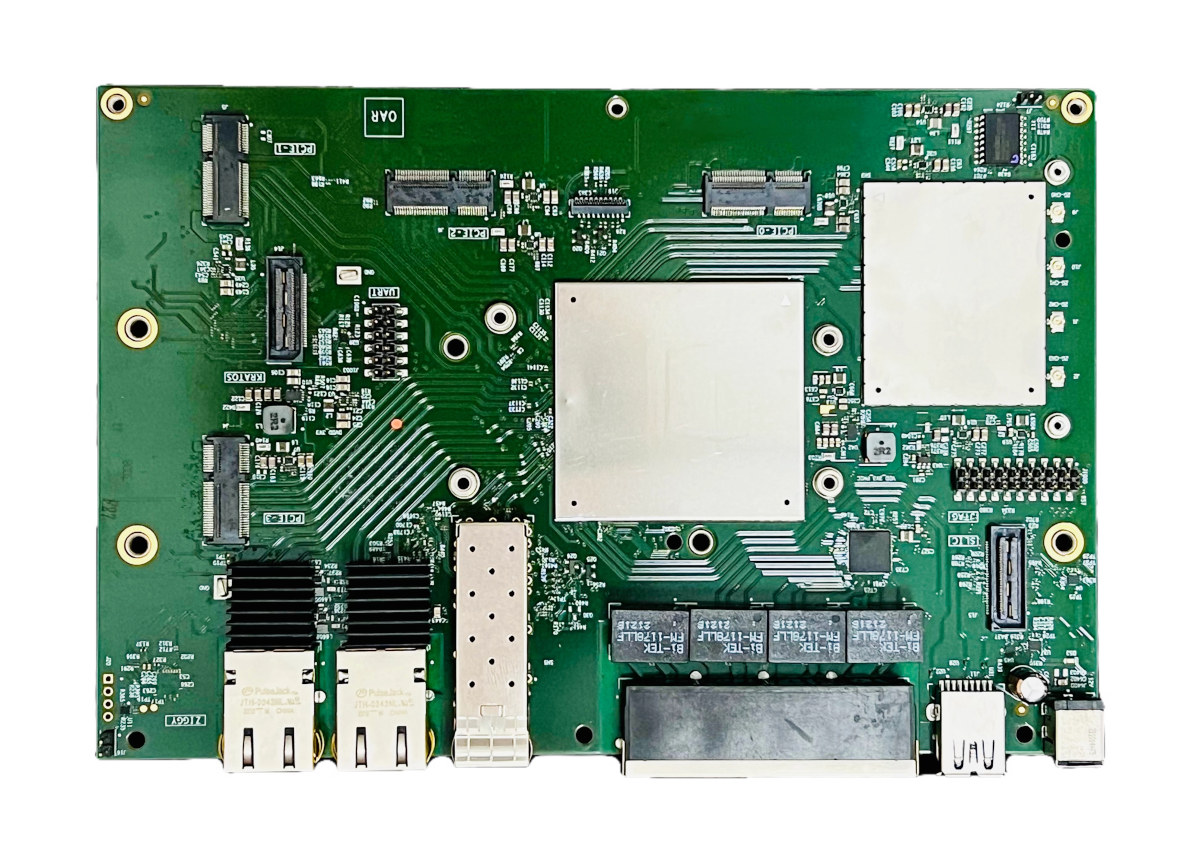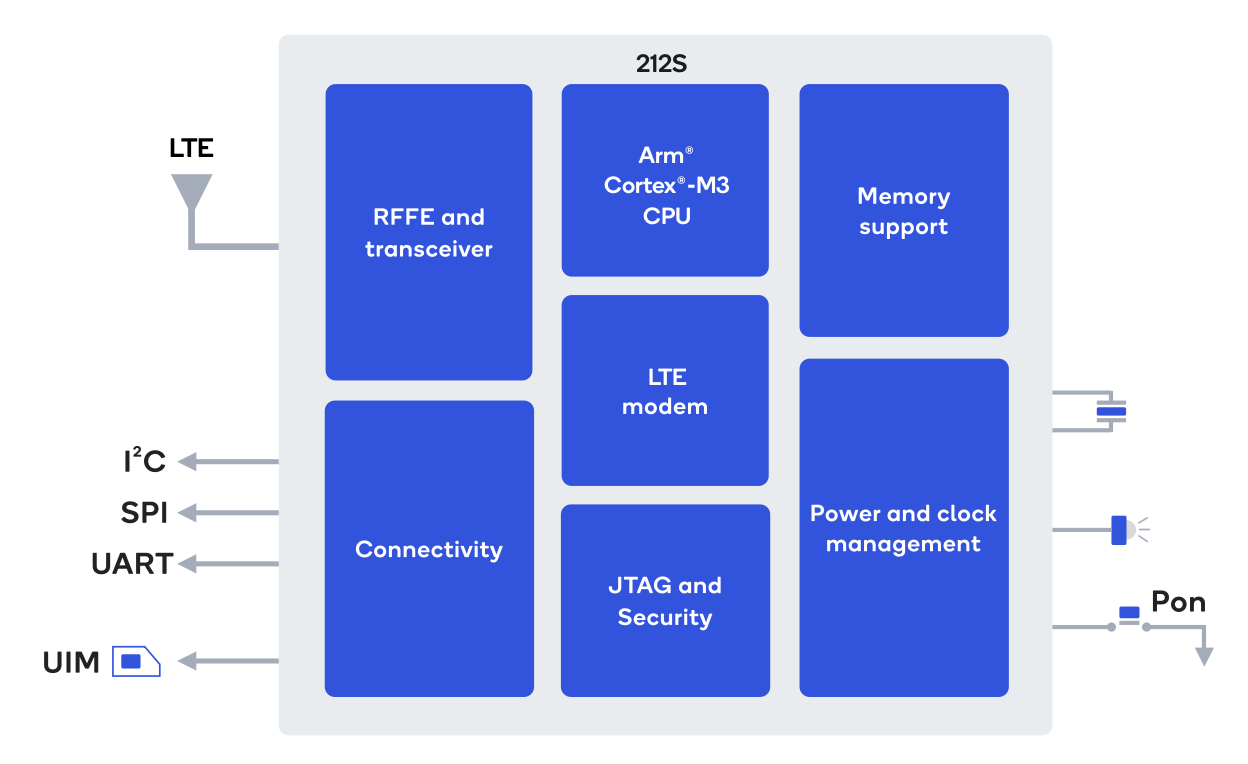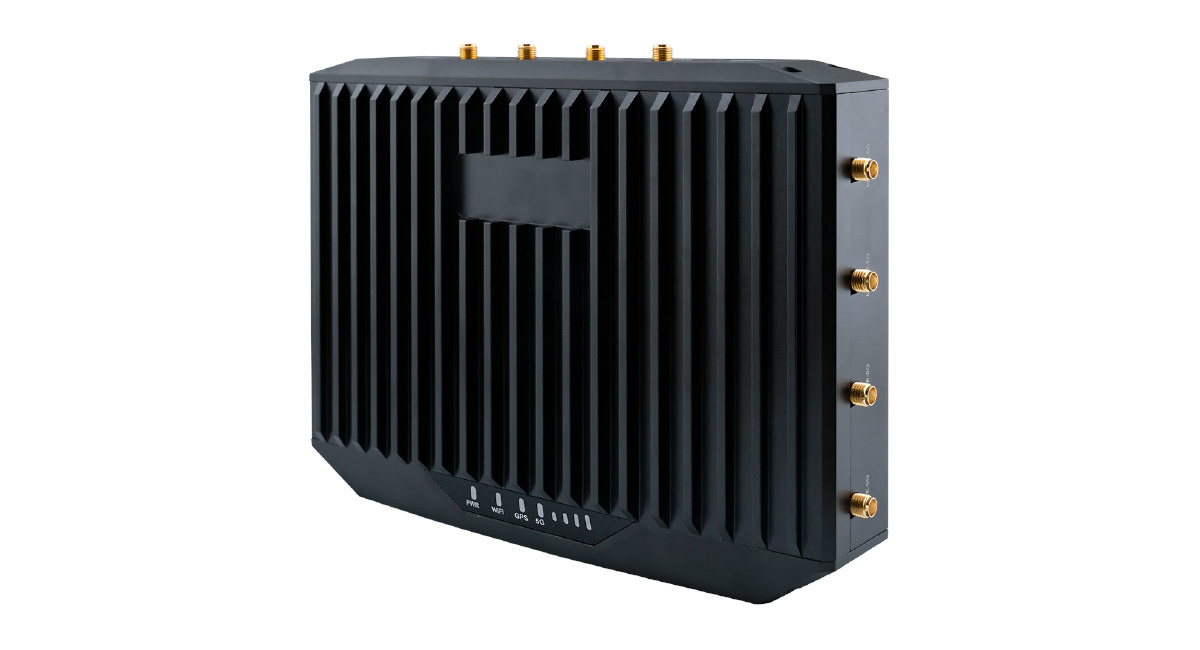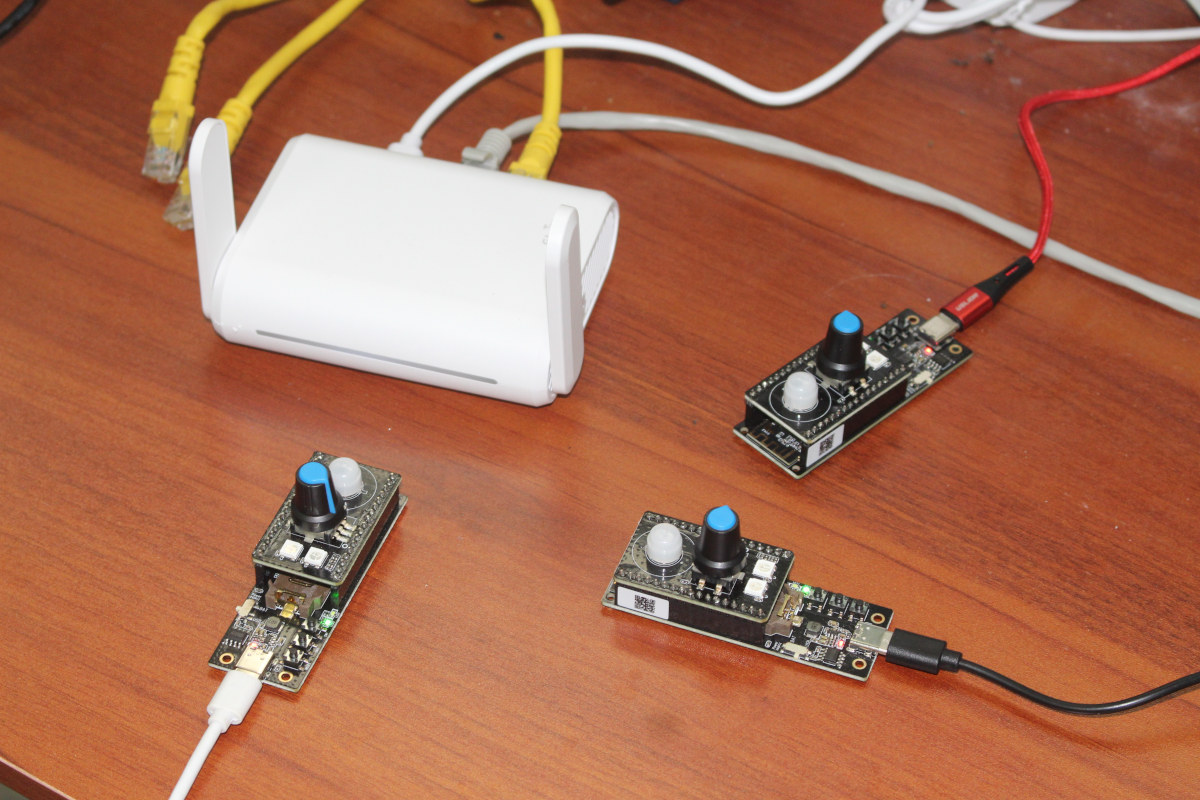Qualcomm 10G Fiber Gateway Platform combines 10G Passive Optical Network (PON) technology with Wi-Fi 7 connectivity to deliver 10 Gbps Internet speed to the home. The platform also supports “Service Defined Wi-Fi technology” to enable cloud-to-device quality of service. It seems it was only a few years ago that we talked about 1 Gbps broadband Internet speed, but some companies like Sonic already offer 10 Gbps fiber optic internet to residential customers in the US. That means we’ll need powerful CPEs to deliver 10 Gbps speed to the home and distribute them through the home through multi-gigabit Ethernet and/or WiFi 7, and Qualcomm 10G Fiber Gateway Platform aims to address this market. Qualcomm 10G Fiber Gateway Platform specifications: CPU – Unnamed quad-core processor Passive Optical Network Deployment types: XGS-PON Residential Gateway (HGS/ONT), XGS-PON SFU ONU, XGS-PON SFU+ ONU Peak Downstream Rate: 10 Gbps Peak Upstream Rate: 10 Gbps Wi-Fi Peak […]
Linux 6.5 release – Notable changes, Arm, RISC-V and MIPS architectures
Linus Torvalds has just announced the release of Linux 6.5 on the Linux Kernel Mailing List (LKML): So nothing particularly odd or scary happened this last week, so there is no excuse to delay the 6.5 release. I still have this nagging feeling that a lot of people are on vacation and that things have been quiet partly due to that. But this release has been going smoothly, so that’s probably just me being paranoid. The biggest patches this last week were literally just to our selftests. The shortlog below is obviously not the 6.5 release log, it’s purely just the last week since rc7. Anyway, this obviously means that the merge window for 6.6 starts tomorrow. I already have ~20 pull requests pending and ready to go, but before we start the next merge frenzy, please give this final release one last round of testing, ok? Linus The earlier […]
DIN-Rail mountable industrial 4G LTE router takes 9V to 36V DC power input
Waveshare WS-431E is an industrial-grade 4G LTE router with three Ethernet ports, WiFi 4, wall and DIN-Rail mounting options, and support for a wide power input range between 9V and 36V DC. The router is said to be based on two Qualcomm chips without further details provided, support various VPN protocols, and be suitable for networked medical equipment, Smart Agriculture, Smart Cities, robots, and security monitoring applications. Waveshare WS-431E specifications: SoC – “Dual Qualcomm chips” for WiFi and 4G LTE Networking Ethernet 1x 10/100Mbps Ethernet RJ45 WAN port (can be configured as LAN) with auto MDI/MDIX, 1.5KV electromagnetic isolation protection 2x 10/100Mbps Ethernet RJ45 LAN ports with auto MDI/MDIX, 1.5KV electromagnetic isolation protection 2.4 GHz 802.11b/g/n WiFi 4 2×2 MIMO up to 300 Mbps, and 500-meter LoS range 4G LTE cellular 4G TDD-LTE – B38/40/41 4G FDD-LTE – B1/3/7/8/20/28A 3G WCDMA – B1/8 2G GSM/EDGE – B3/8 Nano SIM card […]
bitswrt NHX53X2 WiFi 7 system-on-module features Qualcomm IPQ5332 SoC
bitswrt NHX53X2 is a WiFi 7 system-on-module (SoC) powered by a Qualcomm IPQ5332 quad-core Cortex-A53 SoC and equipped with the QCN6274 commercial grade WiFi 7 chipset. The IPQ5332 processor looks to be the little brother of the IPQ9574 quad-core Arm Cortex-A73 processor found in the AL02 WiFi 7 reference router board from Qualcomm. The module comes with up to 3GB RAM, 1GB NAND flash, and exposes plenty of I/Os with multiple 2.5GbE interfaces, 10GbE, PCIe Gen 3.0, USB 3.0, GPIOs, and more. bitswrt NHX53X2-V01 specifications: SoC – Qualcomm IPQ5332 quad-core Arm Cortex-A53 at 1.5 GHz WiFi 7 chipset – Qualcomm QCN6274 NPU – 12-threaded network processing unit (NPU) Ubi32 @ 1.5 GHz (likely part of Qualcomm IPQ5332, but public info is sparse) System Memory – 1GB (option up to 3GB) 16/32-bit DDR4 at 2133 MT/s Storage – 8MB NOR flash, 128MB (option up to 1GB) NAND flash, 128Kbit EEPROM WLAN […]
Qualcomm IPQ9574 “AL02” router board support WiFi 7 modules, 10GbE networking
The recent Linux 6.4 release included initial support for the AL02 WiFi 7 router board powered by a Qualcomm IPQ9574 quad-core Cortex-A73 processor part of the Qualcomm Networking Pro 1620 platform with the board featuring 2GB DDR4 RAM and 256MB NAND flash. A couple of weeks ago, I was contacted by Wallystech about their DR9574 WiFi 7 board based on the IPQ9574 processor, but I ended up not writing about it due to the lack of information and low-quality photos. But it turns out it’s actually the Qualcomm AL02 reference board that’s also provided by Compex. Both companies are world-leading in the sense they offer low-quality and blurry pictures in a way that’s unmatched in the industry, but we do have some specifications, so let’s have a closer look. AL02 / DR9574 board specifications: SoC – Qualcomm IPQ9574 quad-core Arm Cortex-A73 processor @ 2.2GHz processor System Memory – 2GB DDR4 […]
Qualcomm 212S and 9205S Satellite IoT modems target remote monitoring and asset tracking
Qualcomm has just unveiled the Qualcomm 212S and Qualcomm 9205S Satellite IoT modems developed in collaboration with Skylo, an NTN service provider, to enable IoT devices connectivity across satellite and cellular networks for remote monitoring and asset tracking. At the beginning of the year, Qualcomm launched Snapdragon Satellite for two-way messaging on smartphones, but the company has now expanded its use of satellite data connectivity with the Qualcomm 212S and 9205S modems optimized for 5G IoT use cases relying on NTN (Non-Terrestrial Networks). Qualcomm 212S Satellite IoT modem Qualcomm 212S (QCX212S) modem specifications: CPU – Arm Cortex-M3 CPU @ up to 204 MHz Cellular connectivity Cellular Technology – Rel.14 LTE Cat-NB2, Rel.17 NB-IoT over NTN RF LTE low bands – B85, B5, B8, B18, B19, B12, B13, B17, B14, B28, B26, B20 LTE mid bands – B70, B25, B66, B4, B3, B2, B1, B23, N255, N256 Network Protocols – SSL, […]
Queclink WR300FG – A 5G industrial router with GbE, Wi-Fi 6, GNSS, RS232 and RS485 interfaces
Queclink Wireless Solutions WR300FG is a dual SIM 5G industrial router with five Gigabit Ethernet ports, WiFi 6, GNSS, RS232 and RS485 interfaces designed for factory automation, smart energy infrastructure, and Internet of Vehicles (IoV). TheWR300FG is based on a Qualcomm IPQ8072 quad-core Arm Cortex-A53 networking processor running OpenWrt, supports both 5G SA/NSA modes, backward-compatibility with 4G/3G, and its dual SIM features enabled automatic switchover for interrupted 5G connectivity. WR300FG specifications: SoC – Qualcomm IPQ8072 quad-core Arm Cortex-A53 @ 2.2 GHz part of Qualcomm Networking Pro 1200 Platform System Memory – TBD Storage – 1GB flash (described as “hard disk” in the press release!) Connectivity Cellular 5G SA, 5G NSA, 4G LTE, 3G UMTS Operating bands 5G NR – n1/n2/n3/n5/n7/n8/n12/n20/n28/n38/n40/n41/n48/n66/n71/n77/n78/n79LTE-FDD: B1/B3/B5/B7/B8/B18/B19/B20/B26/B28/B32 LTE-TDD: B34/B38/39/B40/B41/B42/B43 WCDMA: B1/B2/B4/B5/B6/B8/B19 2G GSM: 850/900/1800/1900 MHz Data rates 5G SA: DL 2.1Gbps; UL 900Mbps 5G NSA: DL 2.5Gbps; UL 650Mbps LTE-FDD: Max 150Mbps (DL)/Max 50Mbps (UL) […]
Getting Started with GL-S200 Thread Border Router kit
Last week we checked out the hardware for the GL.iNet GL-S200 Thread Border Router kit with three nRF52840 Thread Dev Boards, and I’ve now had time to work with the kit, so I’ll report my getting started experience in the second part of the review. GL-S200 Initial Set Up I connected the WAN port to my Ethernet Switch itself connected to my modem router and the LAN port to my laptop, so I could access the web interface using the default IP address (192.168.8.1). The GL-S200 uses the same Admin Panel as other GL.iNet routers such as the Beryl AX router we reviewed at the beginning of the year. You’ll be greeted by a wizard to let you select the language and set a new password for the Admin Panel, and once you’re done you’ll have access to the familiar GL.iNet Admin Panel 4.x.x. After completing the wizard, the system […]


